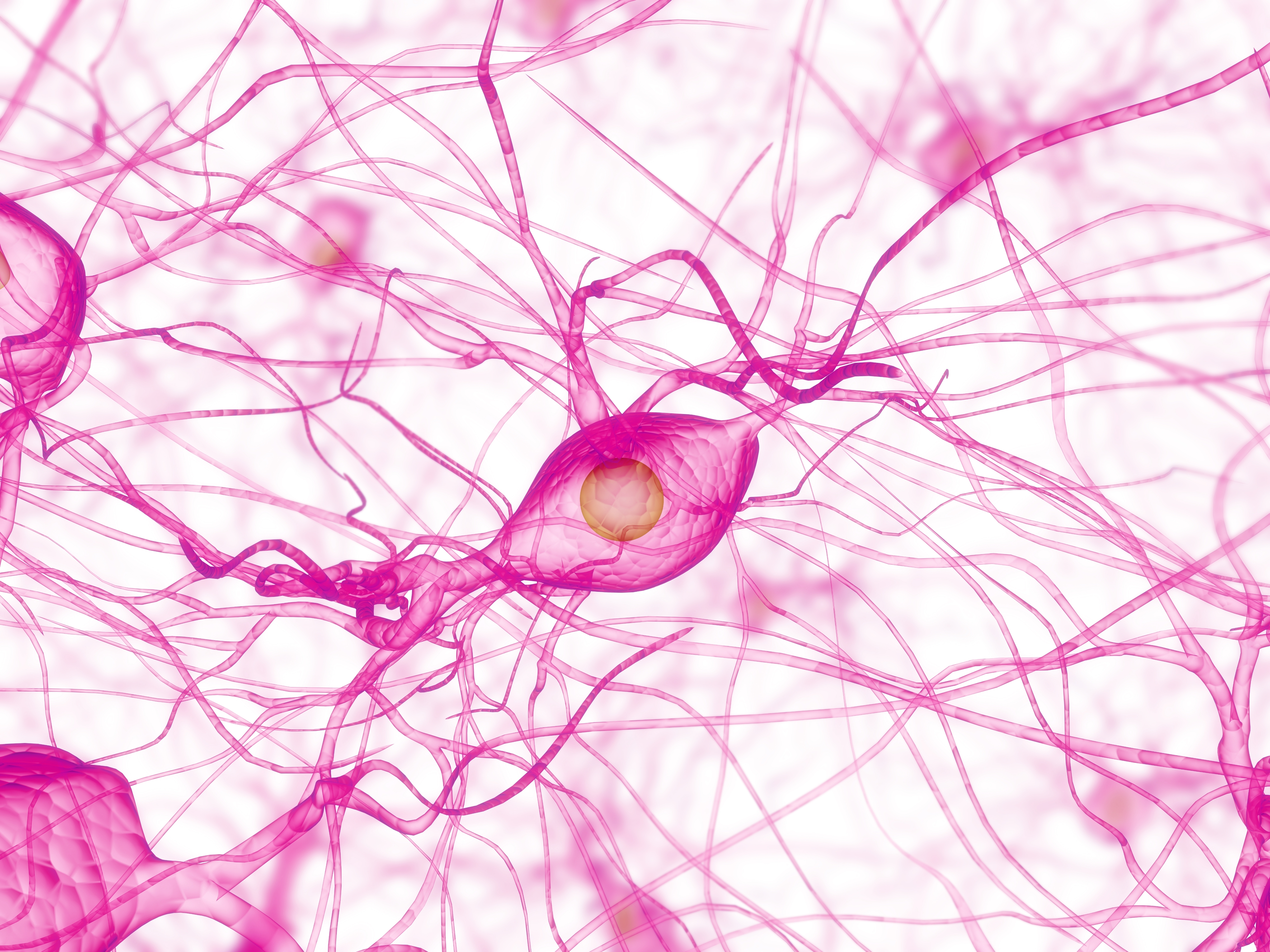Jackson Laboratory Getting $2.7 Million Grant to Study Healthy Aging and Alzheimer’s

The Jackson Laboratory (JAX) is receiving a $2.7 million U.S. government grant for a five-year research project on the mechanisms that underlie healthy aging and Alzheimer’s disease.
Dr. Catherine Kaczorowski, an assistant professor at the Bal Harbor, Maine-based research organization, will direct the work. The grant is coming from the National Institute on Aging.
“Normal cognitive aging and the memory decline of Alzheimer’s disease appear to share molecular pathways,” Kaczorowski said in a news release. “So we expect that by identifying genetic factors and mechanisms underlying normal aging, we will find targets for intervention against Alzheimer’s.”
Alzheimer’s is the most common cause of dementia among older adults, according to the Centers for Disease Control and Prevention. It is the fifth-leading cause of death for those 65 and older, and the sixth-leading cause of death for all adults. Symptoms usually begin after 60.
Variations in the disease’s severity and progression have made it difficult for researchers to identify the genetic risk factors and processes that underlie the disease, Kaczorowski said.
“We have very little molecular and functional data from patients at the earliest stages of the disease, before cognitive symptoms appear,” she said. “Moreover, the picture is made even more complicated by all the environmental factors — from diet and exercise to economic status and education level — that may affect Alzheimer’s susceptibility.”
Other JAX researchers have determined that a diet high in fat and sugar plays a role in brain inflammation, a condition associated with an increased risk of Alzheimer’s. That diet is known as a Western diet.
Kaczorowski and her colleagues use a mouse model called BXD in their work. The mice carry variations in many genes, as humans do.
The team will measure the mice’s memory function when they reach 6, 12 and 18 months of age. The aim is to identify which genetic variations can protect against cognitive deterioration in mice with high memory performance and which variations are involved in the memory decline of mice with poor memory performance.
“Identifying novel genetic factors and mechanisms of memory decline will be a critical first step toward developing treatments and personalized gene therapies to maintain cognitive function in elderly humans,” Kaczorowski said. “And they would also have the tremendous potential to provide biomarkers for earlier detection of Alzheimer’s, which may mean more effective treatment in Alzheimer’s patients.”
The study will complement the work of the new $25 million Alzheimer’s Disease Precision Model Center at JAX and Indiana University (IU). The collaborators will be developing animal models of Alzheimer’s that are better than current ones as research tools. The partnership marries IU’s strengths in neurodegenerative research with JAX’s eight decades of expertise in genetics and disease modeling in animals.
The center has an ambitious goal of producing dozens of new Alzheimer’s mouse models. Researchers will use them to study the mice’s Alzheimer’s-related genomes, physiology and behavior. The ultimate goal is to identify and test potential treatments.
“Together, JAX researchers are exploring the genetic and environmental factors that contribute to healthy brain aging, with the goal of reducing the risk of developing Alzheimer’s disease,” Kaczorowski said.
JAX has research facilities at Sacramento and Farmington, Connecticut, in addition to Bal Harbor.






